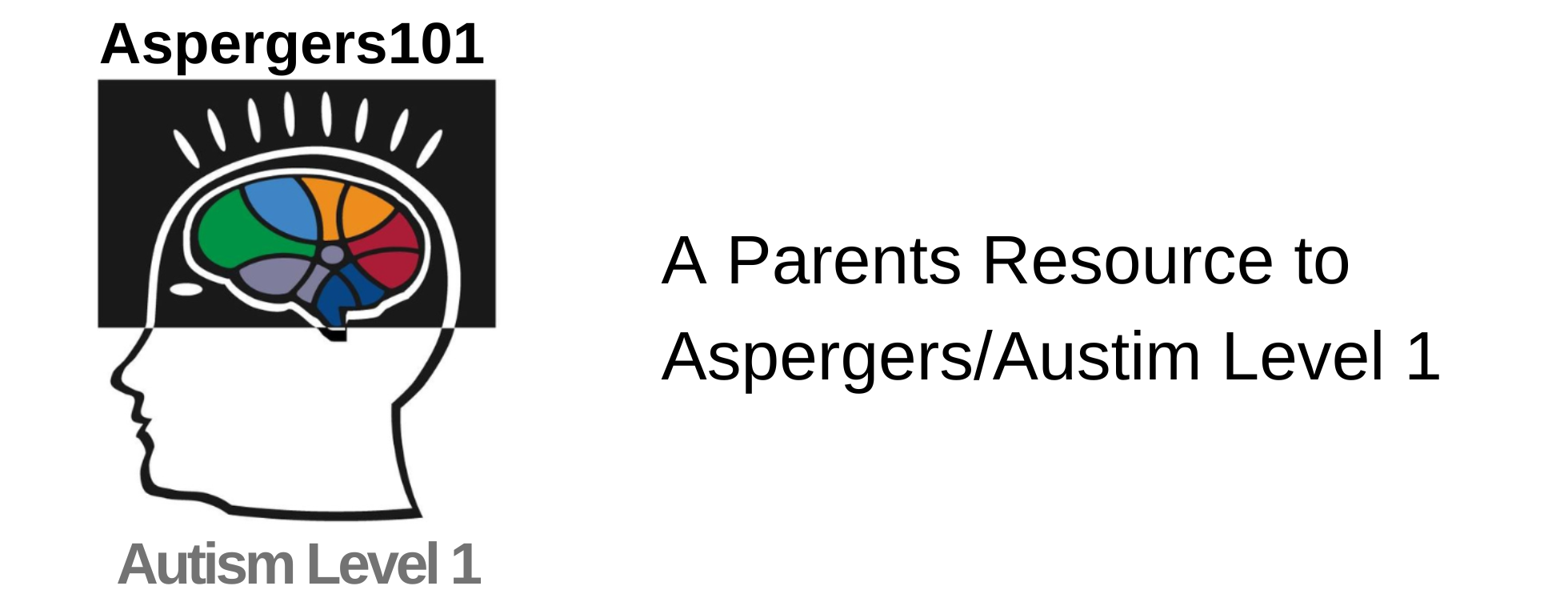 We all appreciate how useful it is to understand how other people are feeling, yet it’s a skill which is very much taken for granted. For those on the autism spectrum it is not always a natural ability. To help in learning and practice I have compiled a number of examples of people showing emotions – both in real time and slow motion.
We all appreciate how useful it is to understand how other people are feeling, yet it’s a skill which is very much taken for granted. For those on the autism spectrum it is not always a natural ability. To help in learning and practice I have compiled a number of examples of people showing emotions – both in real time and slow motion.
These are not actors and nor are the emotions simple and necessarily easy to detect as sometimes done by actors. This reflects the real world in which we often see a mixture of emotions. After all, we can be puzzled by something and annoyed at the same time, or find something funny, but also embarrassing.
Each week I will present a different emotion on video and include a brief description and checklist of things to look out for in recognizing that facial expression and body language (see below for a complete list of the fifty-five emotions).
Science has shown (by attaching sensors to the face of subjects) that we actually make the expression ourselves, in tiny movements of the facial muscles, as we interpret the expressions of others. This explains why babies who are given soothers can be delayed in their ability to read facial expressions. It also explains why people who have taken Botox to freeze the facial muscles are not only less able to express emotions, but to also read the emotions of others. Reading faces is therefore uniquely hard work, as people at that end of the day on my training courses will testify!
So one emotion per week might well be a perfect rate in which to learn. I’m planning to gather all the descriptions and videos released here and publish them in an app in 2015, so you will have the opportunity to go back and review each in the future.
A recent study has shown that children can improve their ability to recognise emotions through practice. (http://www.bps.org.uk/news/children-recognising-emotional-cues)
There is no reason why this should not also apply to those on the autism spectrum.
So I hope you find this series helpful in the coming weeks – and let’s not forget, practicing reading faces can be enjoyable!
I would recommend an active approach:
- try making the expression yourself and try to feel it as you do it.
- look in the mirror
- practice with a member of the family or friend
- when you’re out and about do some ‘people watching’, see how many emotions you can spot in a cafe, or on a bus
You will find a collection of stills for each emotion on my website:
http://www.momentumresearch.co.uk/emotions-a-to-z.html
-Dr. John Habershon
NOTE: The Reading Emotions Series will be cataloged under the Social Development tab at the top of Aspergers101.
A graduate of Abilene Christian University, Jennifer had a long career in TV Broadcasting. Upon learning her oldest son Sam had a form of Autism called Asperger’s Syndrome, she left her career and became a full-time mother to both of her sons. Jennifer elicited the participation of her family and together they produced several independent programs including a children’s animated series titled Ameriquest Kids, as well as a documentary and book titled, Coping to Excelling: Solutions for School-age Children Diagnosed with High-Functioning Autism or Aspergers Syndrome. She formed the nonprofit Asperger101 to provide on-going free resources related to ASD at Aspergers101.com and has implemented the Texas Driving with Disability Program and continues to grow the statewide initiative today. She and her husband have recently retired to their property in the Texas Hill Country.


